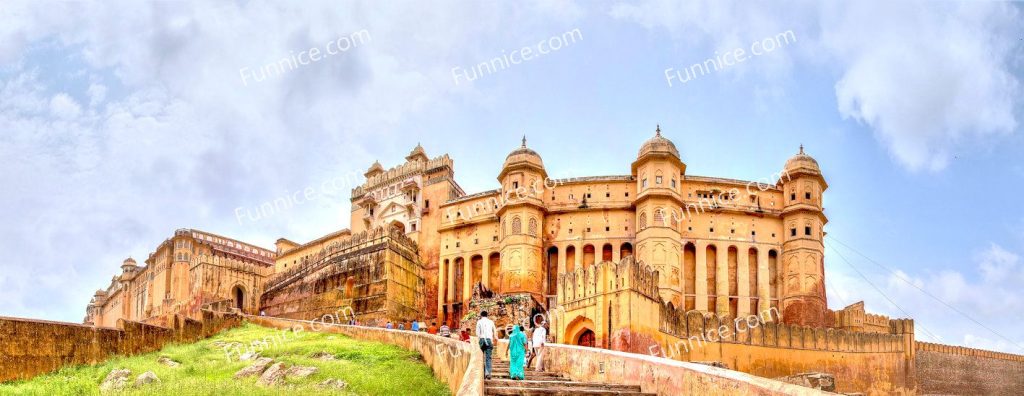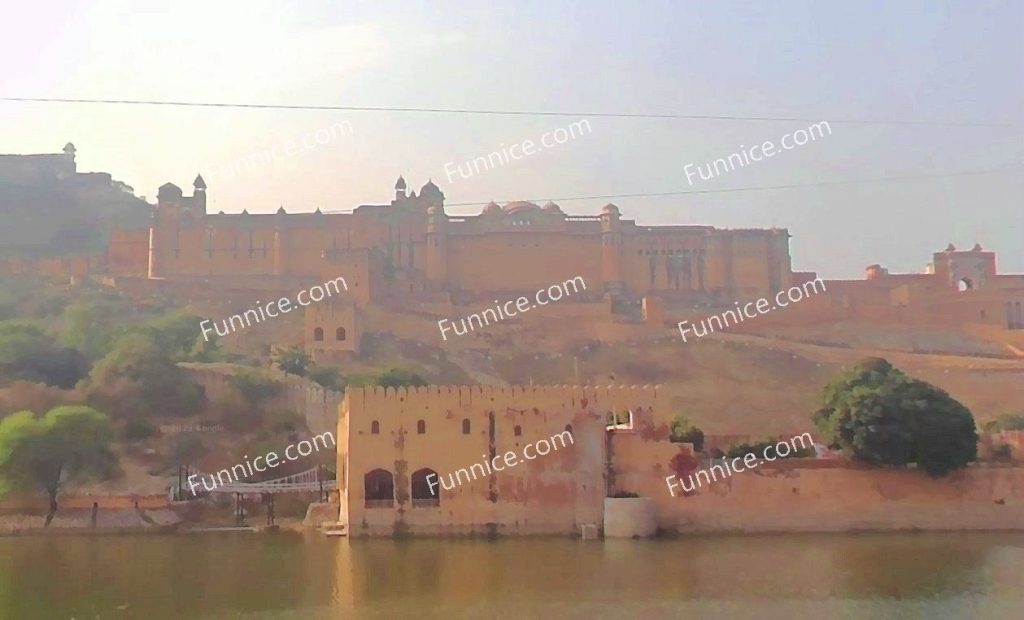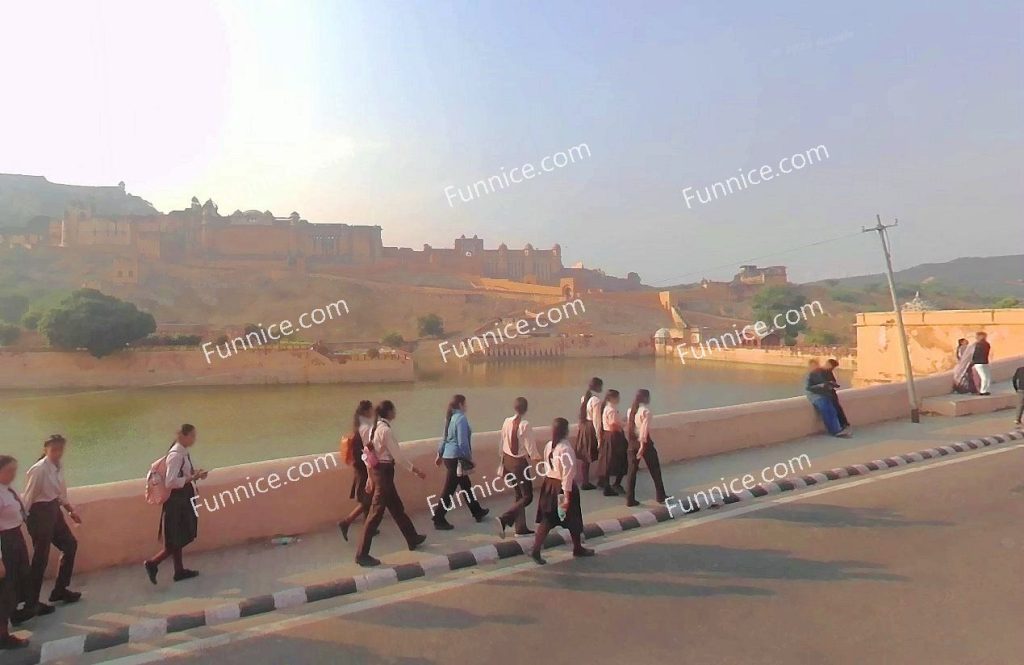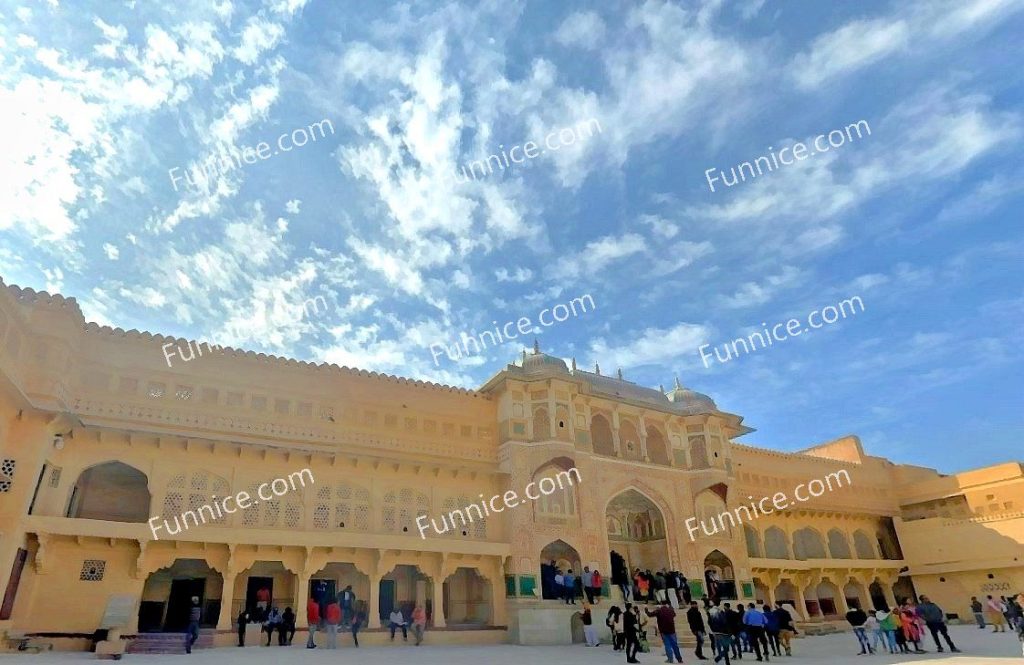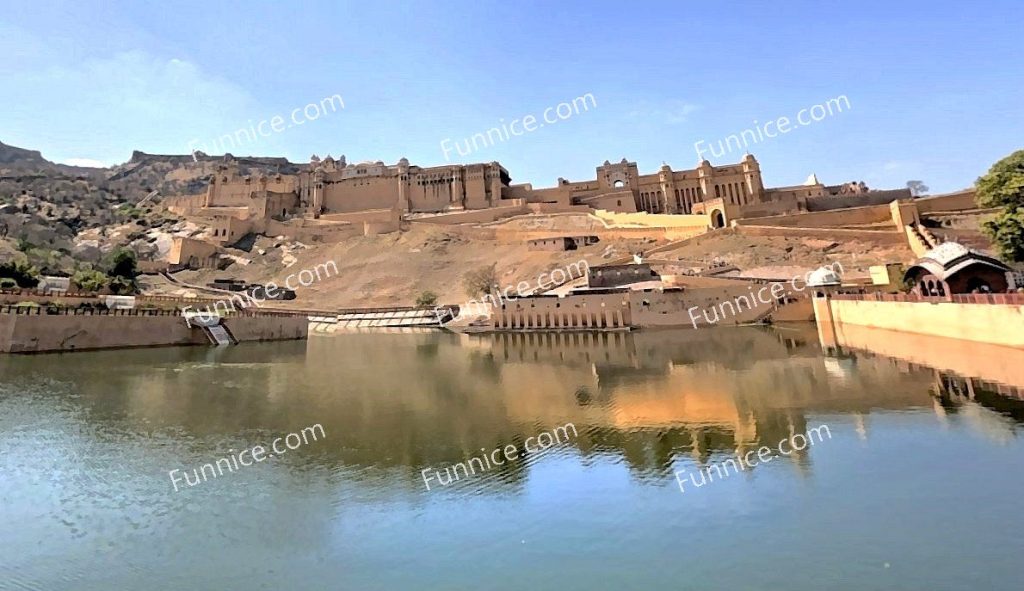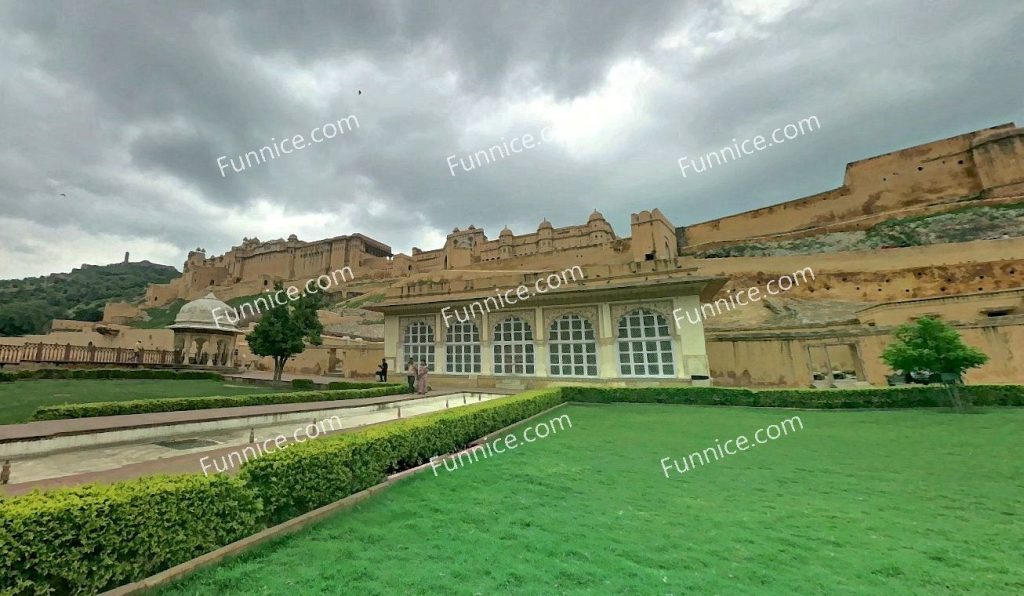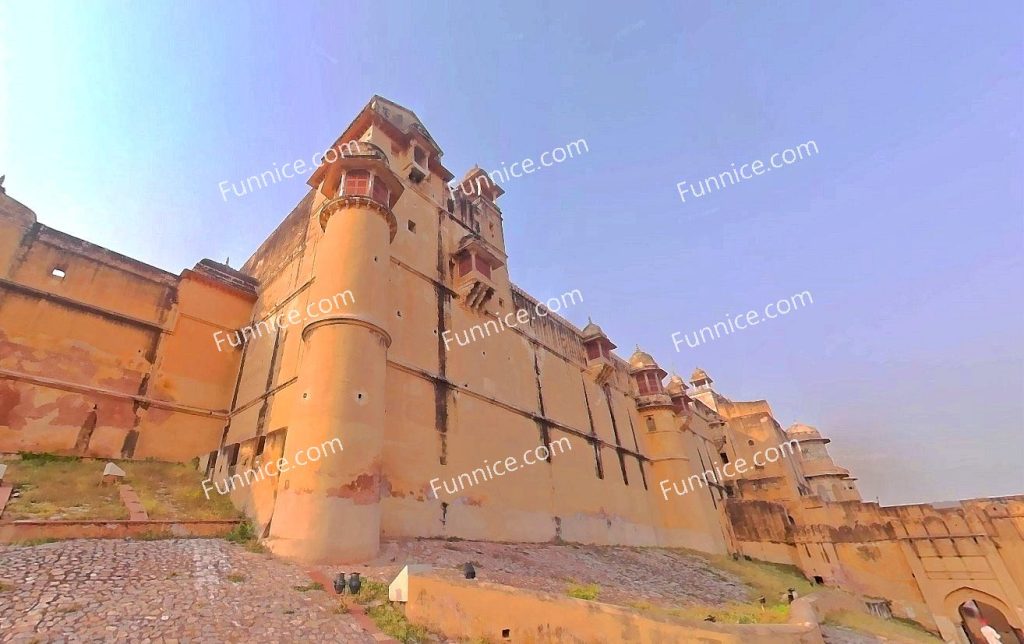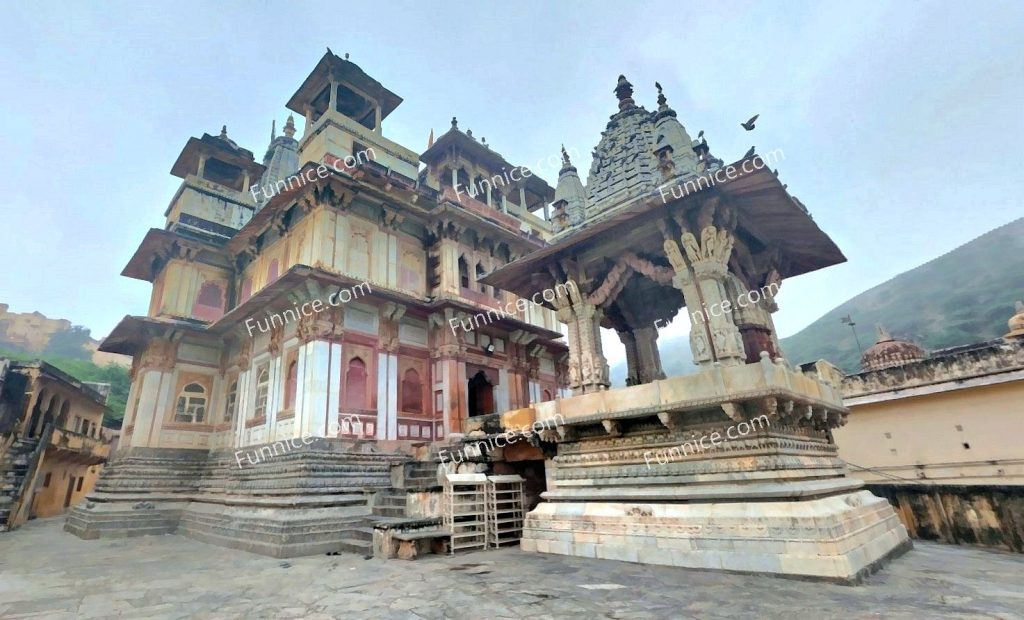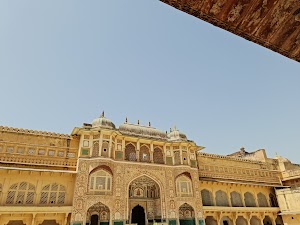A Fusion of History and Grandeur
Amidst the rugged hills of Rajasthan, India, stands a magnificent fortress—Amber Fort. Overlooking the shimmering waters of Maota Lake, this opulent palace is one of Jaipur’s most iconic landmarks. A masterpiece of Indo-Islamic architecture, Amber Fort is not only a testament to India’s rich heritage but also a symbol of royal grandeur that has withstood the test of time.
A Glorious Past: The History of Amber Fort
The origins of Amber Fort trace back to the Meena dynasty, but it was under the rule of the Kachwaha dynasty in the 16th century that the fort flourished. In 1592, Raja Man Singh I, a trusted general of Mughal Emperor Akbar, expanded and renovated the fort, blending Mughal artistic influences with traditional Rajasthani architecture.
For centuries, Amber Fort served as the political and cultural heart of the Jaipur kingdom. However, in the 18th century, Sawai Jai Singh II decided to relocate the capital to Jaipur, shifting the center of power away from Amber. Yet, despite losing its political significance, Amber Fort remains an architectural marvel that continues to captivate visitors from around the world.
A Palace of Architectural Wonders
Built from red sandstone and white marble, Amber Fort is a stunning combination of military strength and royal luxury. Entering through its grand Suraj Pol (Sun Gate), visitors are greeted by an array of exquisite palaces, each boasting unique architectural brilliance.
One of the first structures to catch the eye is the Diwan-i-Aam (Hall of Public Audience), a stately hall supported by elegant red sandstone columns, where the king once addressed his subjects and held court proceedings.
However, the most breathtaking part of Amber Fort is undoubtedly the Sheesh Mahal (Mirror Palace). Adorned with thousands of intricately placed mirrors, this hall is designed in such a way that even a single candle’s flame can illuminate the entire room, creating a celestial display of twinkling reflections—like a sky full of stars.
Other must-visit structures within the fort include the Jai Mandir (Victory Palace), renowned for its intricate glasswork and gemstone embellishments, and Kesar Kyari (Saffron Garden), a beautifully symmetrical garden located in the middle of Maota Lake. Legend has it that saffron was once cultivated here exclusively for the royal family.
Visiting Amber Fort: What You Need to Know
Today, Amber Fort stands as one of India’s most famous tourist attractions, drawing countless visitors each year. The fort is open from 8:00 AM to 5:30 PM, and at night, a spectacular light and sound show offers a mesmerizing view of its grandeur.
To reach Amber Fort, travelers can take a taxi or tuk-tuk from Jaipur. Many visitors opt for the traditional experience of riding an elephant up to the fort’s entrance, though this practice has raised concerns among animal rights groups. Alternatively, one can take a jeep or walk up the fort for a more ethical and immersive experience.
For the most pleasant visit, it is advisable to explore Amber Fort between October and March, when the weather is cool and comfortable.
A Timeless Marvel
Amber Fort is more than just an architectural wonder—it is a living testament to India’s royal heritage. It has witnessed the rise and fall of dynasties, the grandeur of royal processions, and the artistic genius of bygone eras. From the shimmering Mirror Palace to the serene Maota Lake, every part of the fort tells a story waiting to be discovered.
As you walk through its grand archways and intricately carved halls, you can almost hear the echoes of history whispering through its stone walls. Amber Fort is not just a destination; it is an experience—one that allows you to step back in time and immerse yourself in the splendor of India’s regal past.
